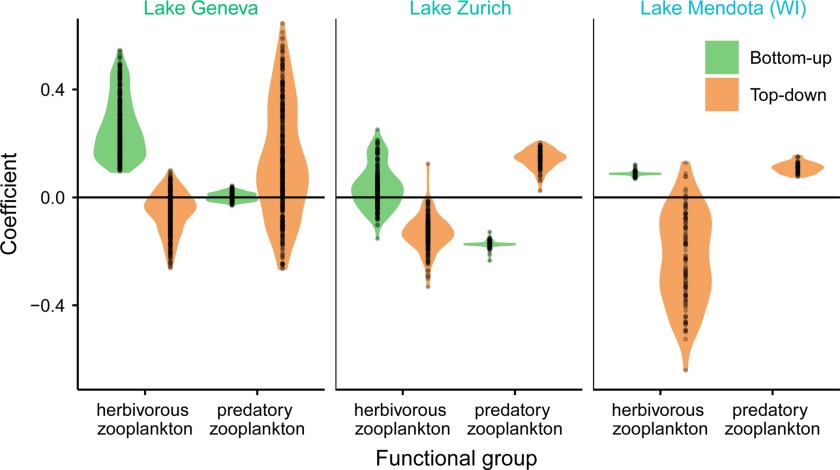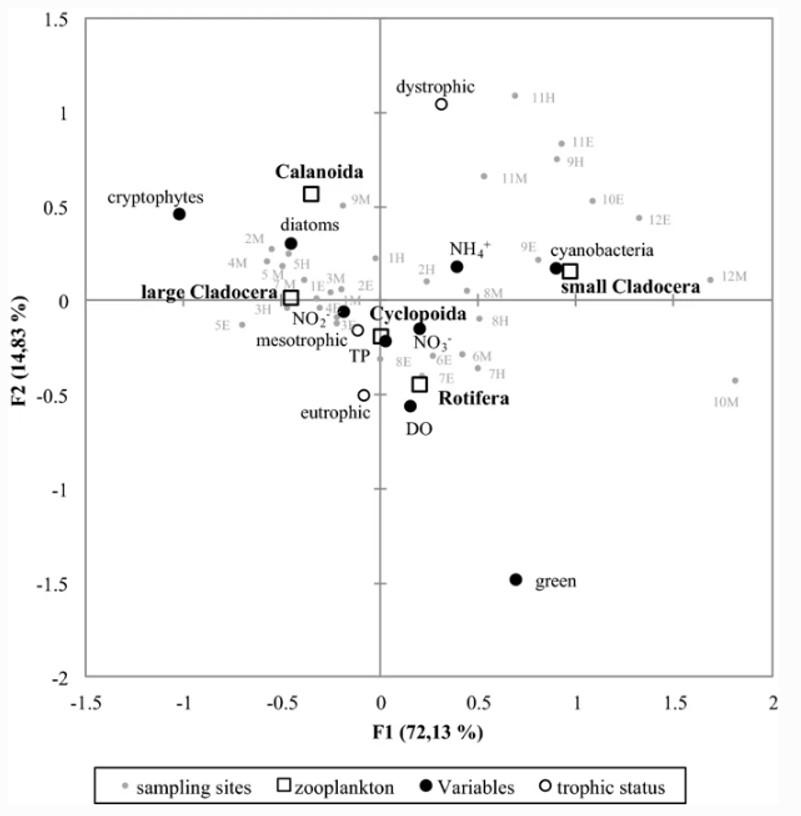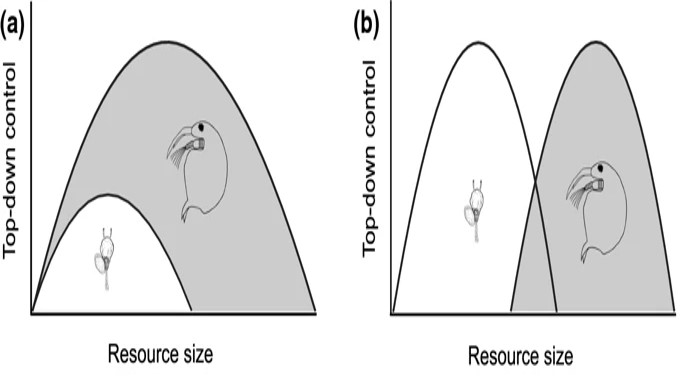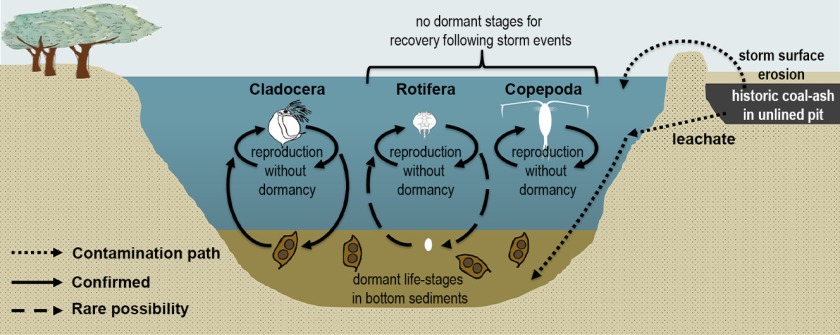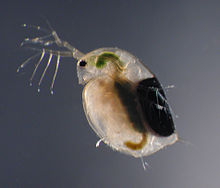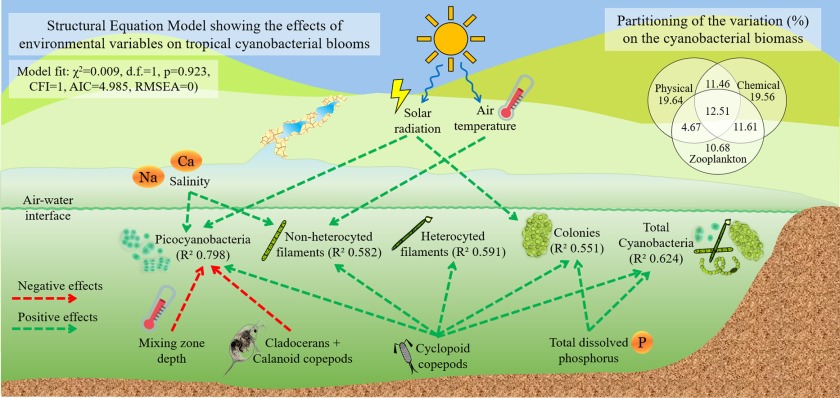
Authors
Cihelio Alves Amorim, Ênio Wocyli Dantas, Ariadne do Nascimento Moura
Understanding the importance of environmental variables on the dominance of cyanobacteria is crucial for appropriately managing water resources. Although studies about temperate and subtropical regions show a high influence of nutrients and temperature on blooms, this relationship is still unclear for the tropics. Accordingly, we hypothesized that nutrients and temperature are the main factors driving cyanobacterial blooms in tropical reservoirs, and those relationships are intensified by the zooplankton. To test these hypotheses, we constructed a structural equation model based on the monitoring of ten reservoirs from Northeast Brazil. We analyzed the effects of physicochemical variables and zooplankton on cyanobacterial blooms and the biomass of four morphotypes. Cyanobacterial biomass varied within the reservoirs, with bloom records (0.2–268.4 mg L−1) in all of them, primarily constituted by the colonial morphotype, followed by picocyanobacteria, heterocyted, and non-heterocyted filaments. The cyanobacterial community was driven mainly by chemical variables (55.14% of the variation), followed by physical (48.28%), and zooplankton (39.47%). Through the structural equation model, we demonstrated that total cyanobacterial biomass, as well as the morphotypes, were mainly influenced by omnivorous crustaceans and total dissolved phosphorus. Solar radiation, air temperature, mixing zone, and salinity were important to explain the biomass of the morphotypes. The model explained most of the variation in the picocyanobacterial blooms (79.8%), followed by total cyanobacteria (62.4%), heterocyted filaments (59.1%), non-heterocyted filaments (58.2%), and coccoids (55.1%). Zooplankton groups were also influenced by the physicochemical variables, which presented direct and indirect effects on cyanobacteria. Given the predictions of increased eutrophication, warming, and salinization, cyanobacterial blooms will become more intense in tropical reservoirs. Thus, restoring measures must be adopted to reduce bloom development, such as external phosphorus and salt loadings, and biomanipulation.

